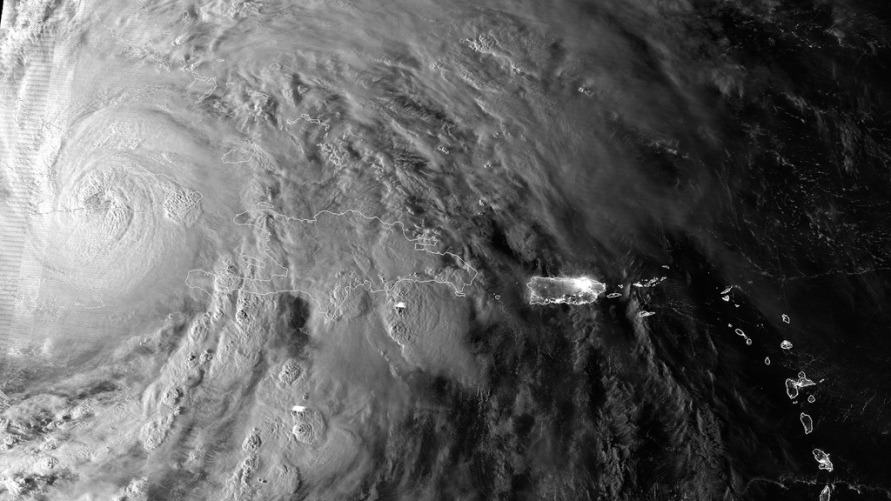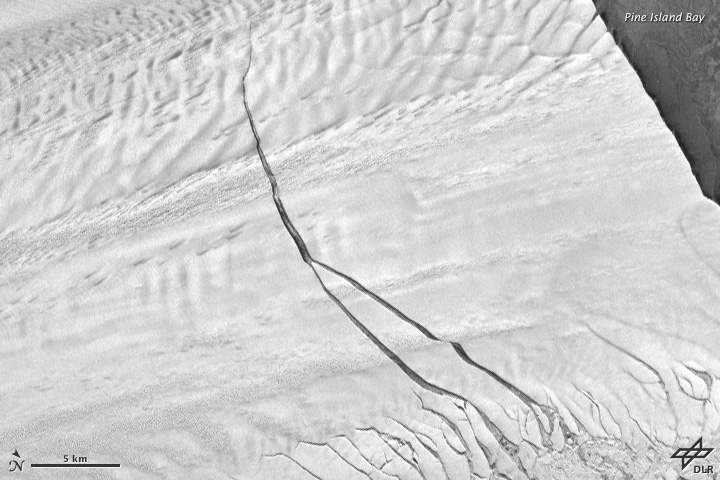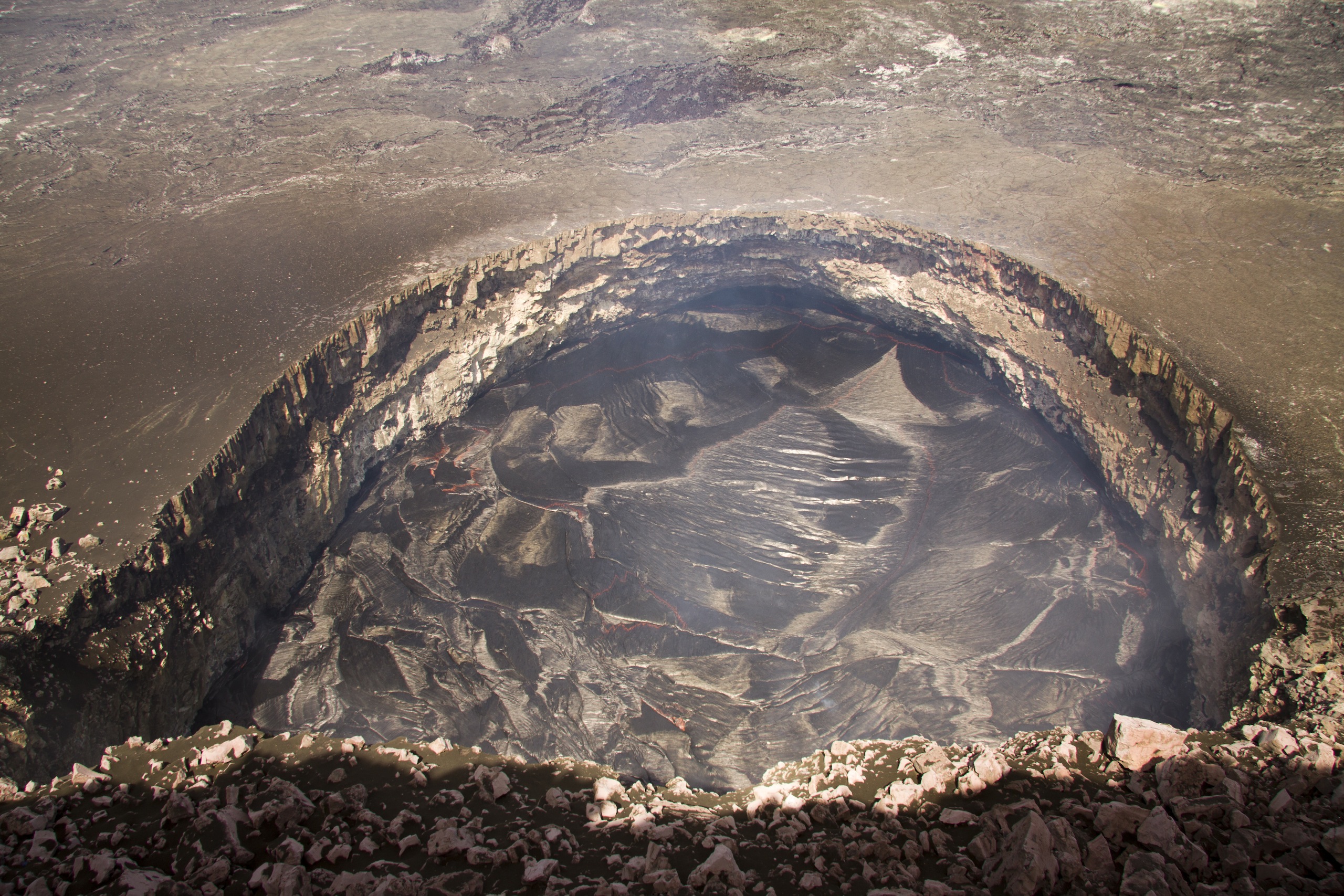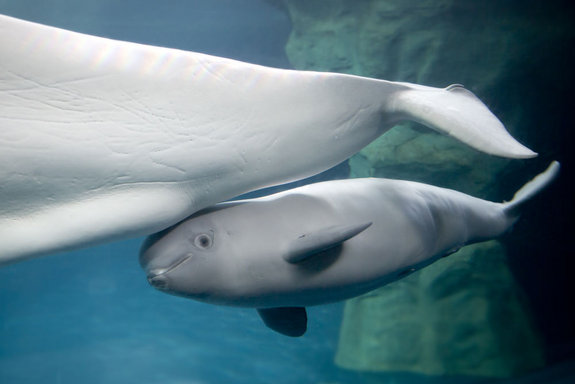
Best Earth Images of the Week - Oct. 26, 2012
Breath-taking terror

The Suomi NPP satellite caught this image of Hurricane Sandy yesterday morning (Oct. 25), just as the cyclone passed over Cuba.
In the image, you can see the hurricane's enormous size; as of 11 a.m. today (Oct. 26), Sandy boasts tropical storm-force winds, extending out to 275 miles (445 kilometers) from its center, according to the National Hurricane Center.
[Full Story: Satellite Snaps Stunning Dawn View of Hurricane Sandy]
Widening gap

The giant fissure that was discovered last year in Antarctica's Pine Island Glacier widened and lengthened in recent months, new satellite images show.
The 18-mile-long (29 kilometers) rift foretells the start of a giant iceberg, and researchers have been monitoring the glacier since the fissure was discovered in 2011. The giant fissure was stable for several months, but in May it spawned a second crack.
[Full Story: Antarctic Ice Rift Growing, Satellite Images Show]
Hot shot

The lava lake inside Halema'uma'u crater, at the top of Mount Kilauea in Hawaii, is closer than ever to reaching the crater floor and spilling out on it, the U.S. Geological Survey said.
The summit lava lake is deep within a cylindrical vent with nearly vertical sides. In the past two weeks, the lake level surged about 50 feet (15 meters) and now has only 110 feet (33 m) to go until the lava reaches the top of the vent and floods the crater floor, the USGS said today (Oct. 23).
[Full Story: Hawaii Volcano's Lava Lake Threatens to Overflow]
Frankenstorm from above

The immense size of Hurricane Sandy has been captured by cameras on the International Space Station from its perch hundreds of miles above Earth.
The space station soared over Hurricane Sandy on Thursday (Oct. 25) as the storm reached Category 2 strength on the Saffir-Simpson wind scale while making its way toward the Bahamas. The storm battered the Bahamas late Thursday and has been blamed for 21 deaths as it passed through the Caribbean, according to media reports.
[Full Story: 'Frankenstorm': Hurricane Sandy Seen From Space Station in NASA Video]
Growing like a (sea) weed

A baby beluga whale born at the end of August is starting to shed its slate-colored skin for the more mature creamy-white covering, and the baby is a "she," aquarium staff have just announced.
he ever-growing calf, now 5 feet (1.5 meters) long, will make her public debut Friday (Oct. 26) at Shedd Aquarium in Chicago. Both mom and baby are plumping up, as the calf weighs about 205 pounds (93 kilograms) and is steadily packing on 12 to 15 pounds a week. Her 1,200-pound mom Mauyak has nearly tripled her normal diet downing up to 88 pounds (40 kg) of fish daily to accommodate a hungry, nursing calf.
[Full Story: Baby Beluga Whale Is ... a Girl!]
Get the world’s most fascinating discoveries delivered straight to your inbox.

